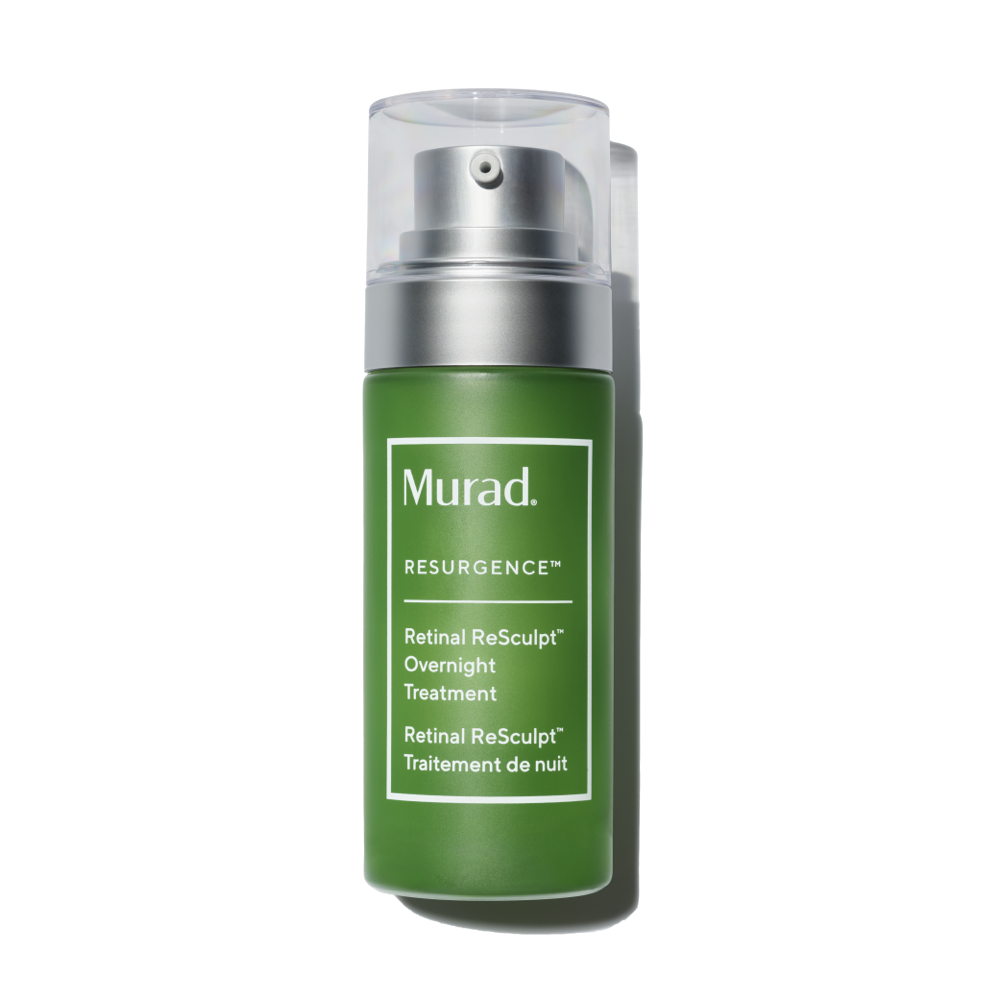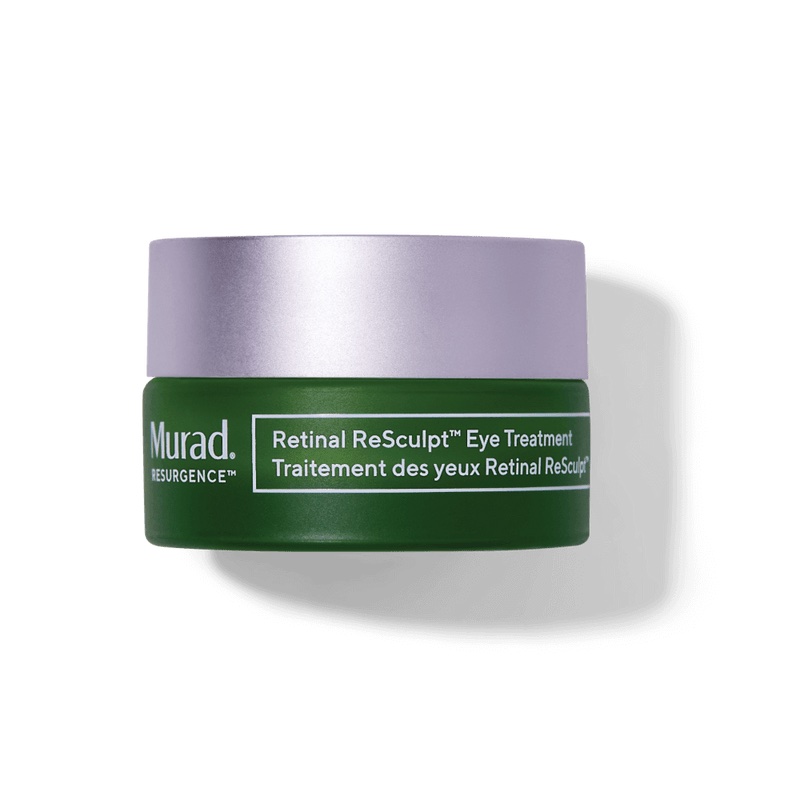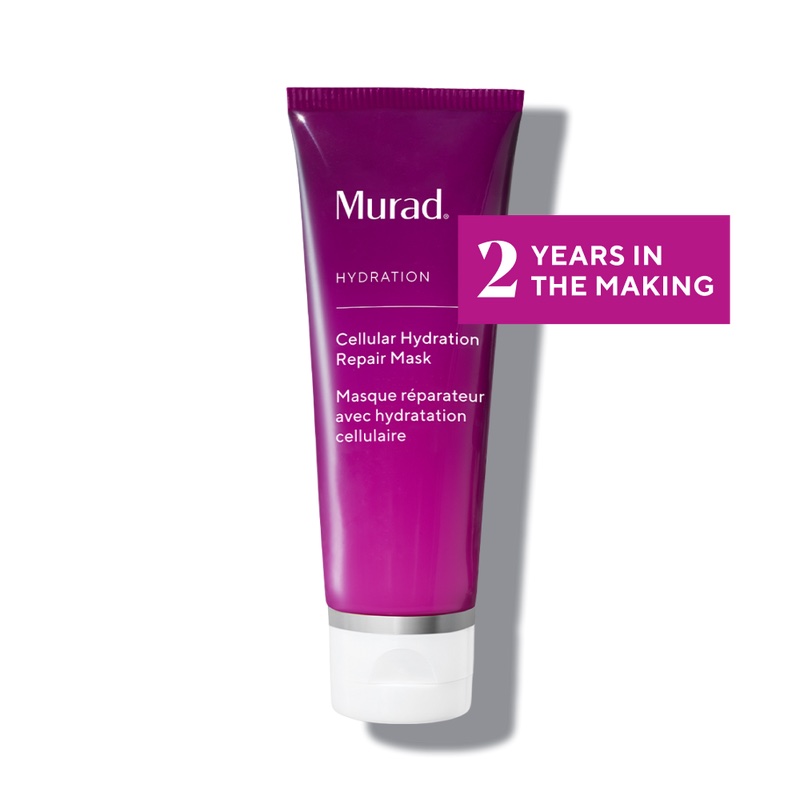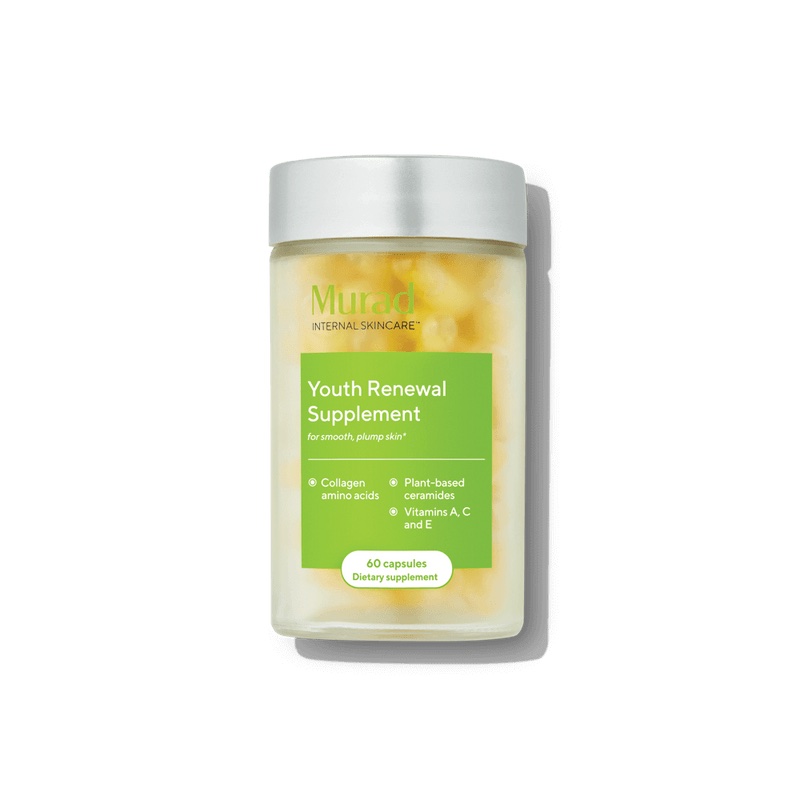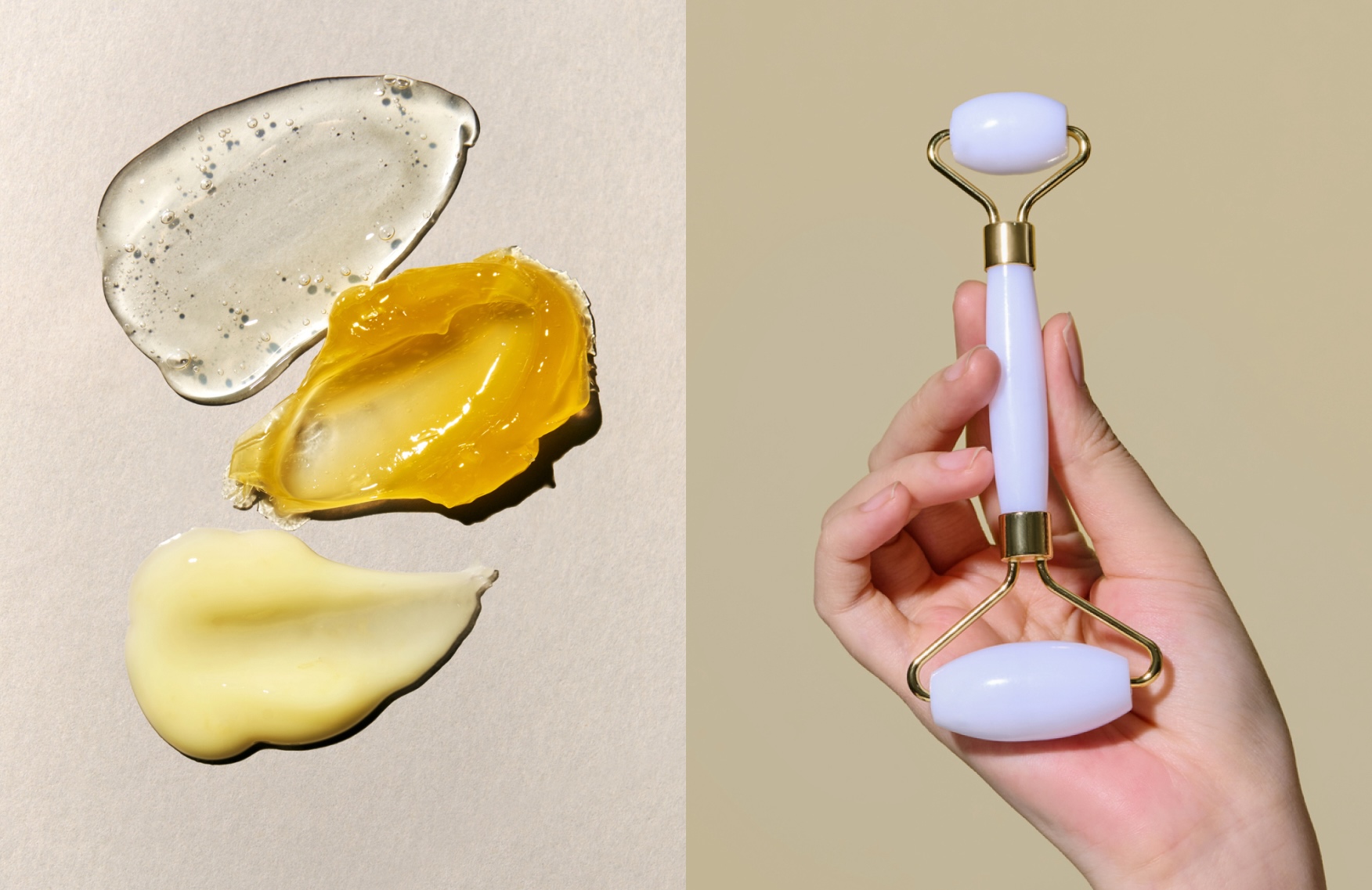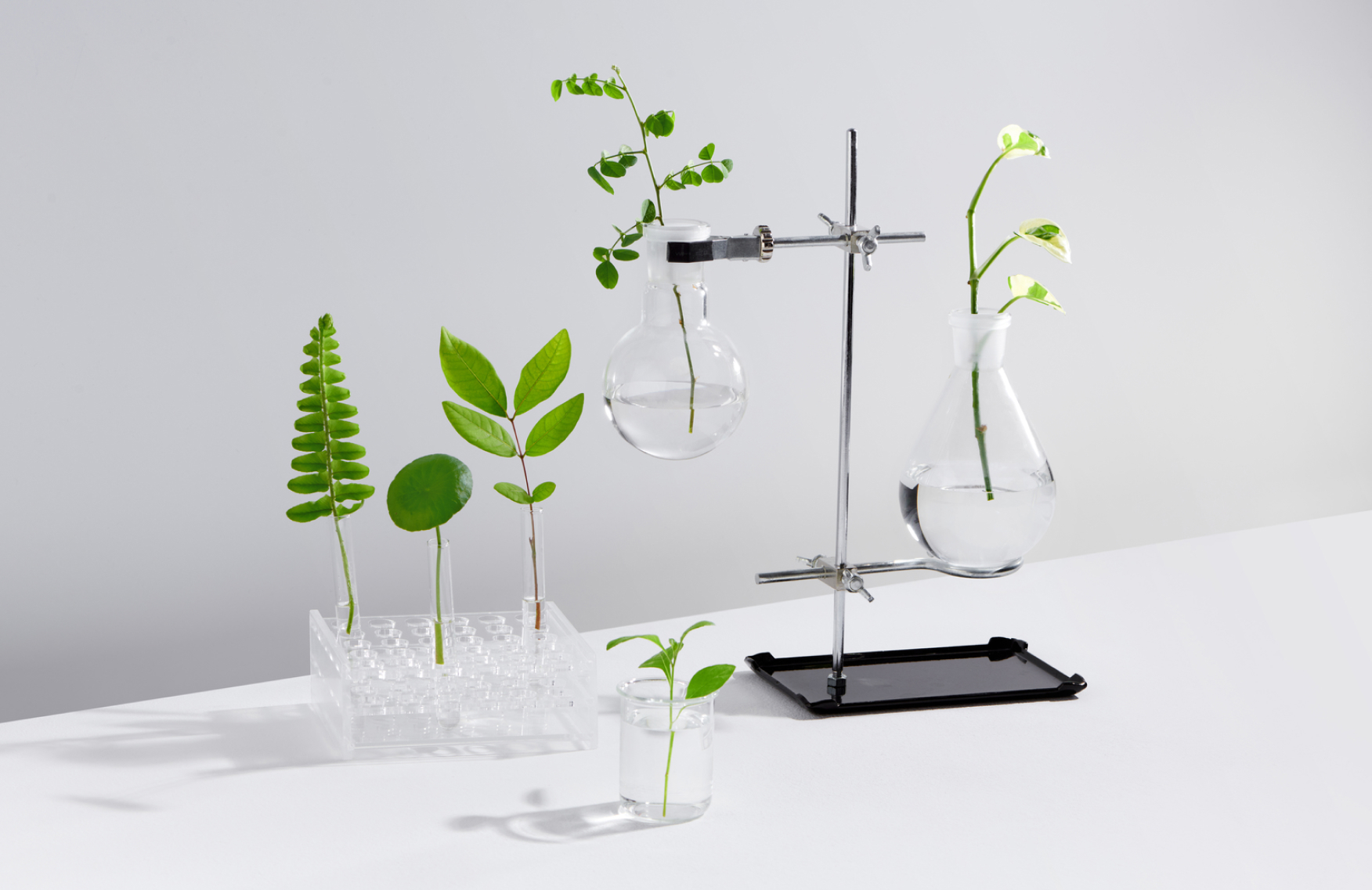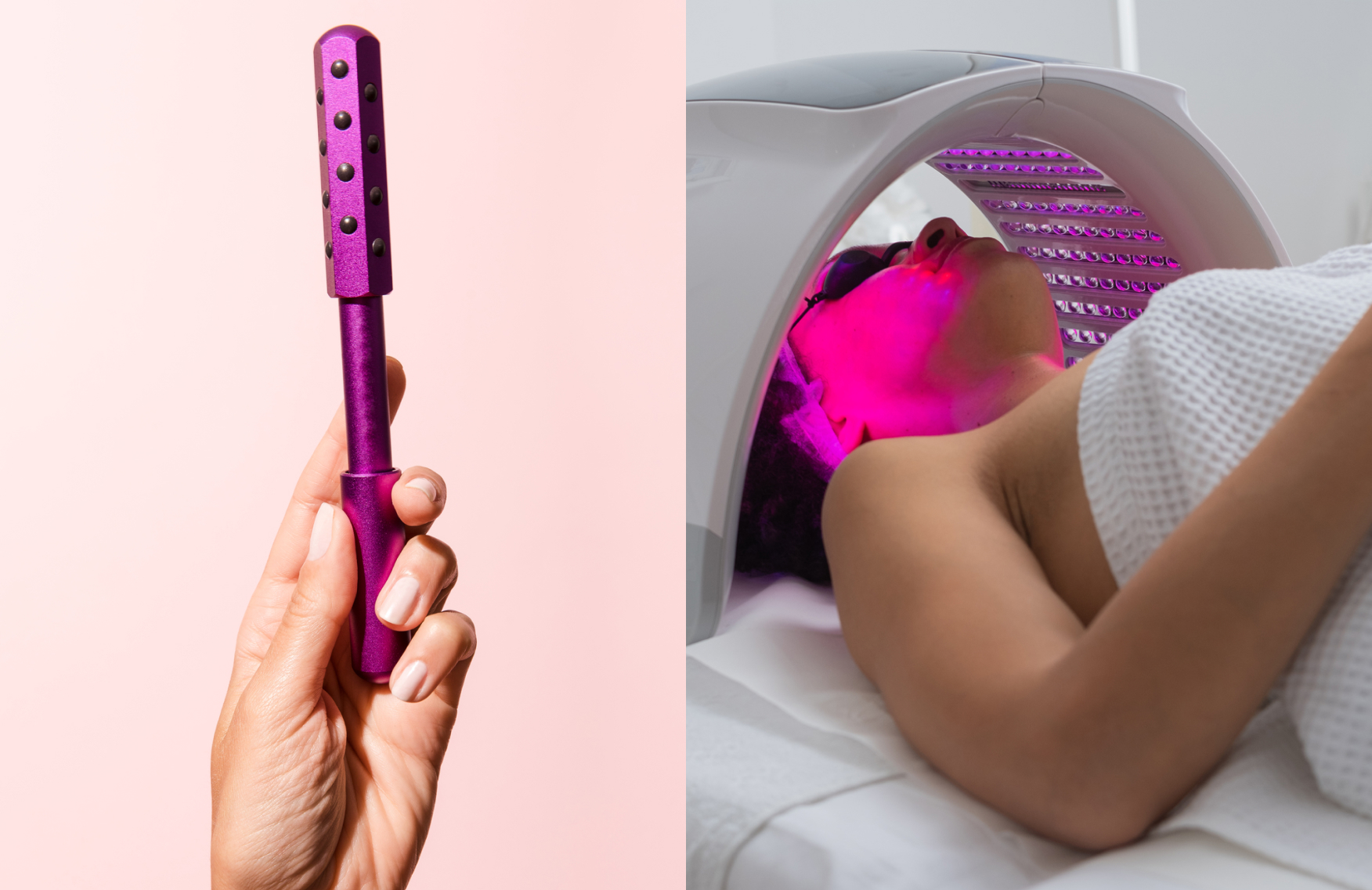What are the benefits of retinoids, exactly? The basics you need to know before taking the retinal plunge
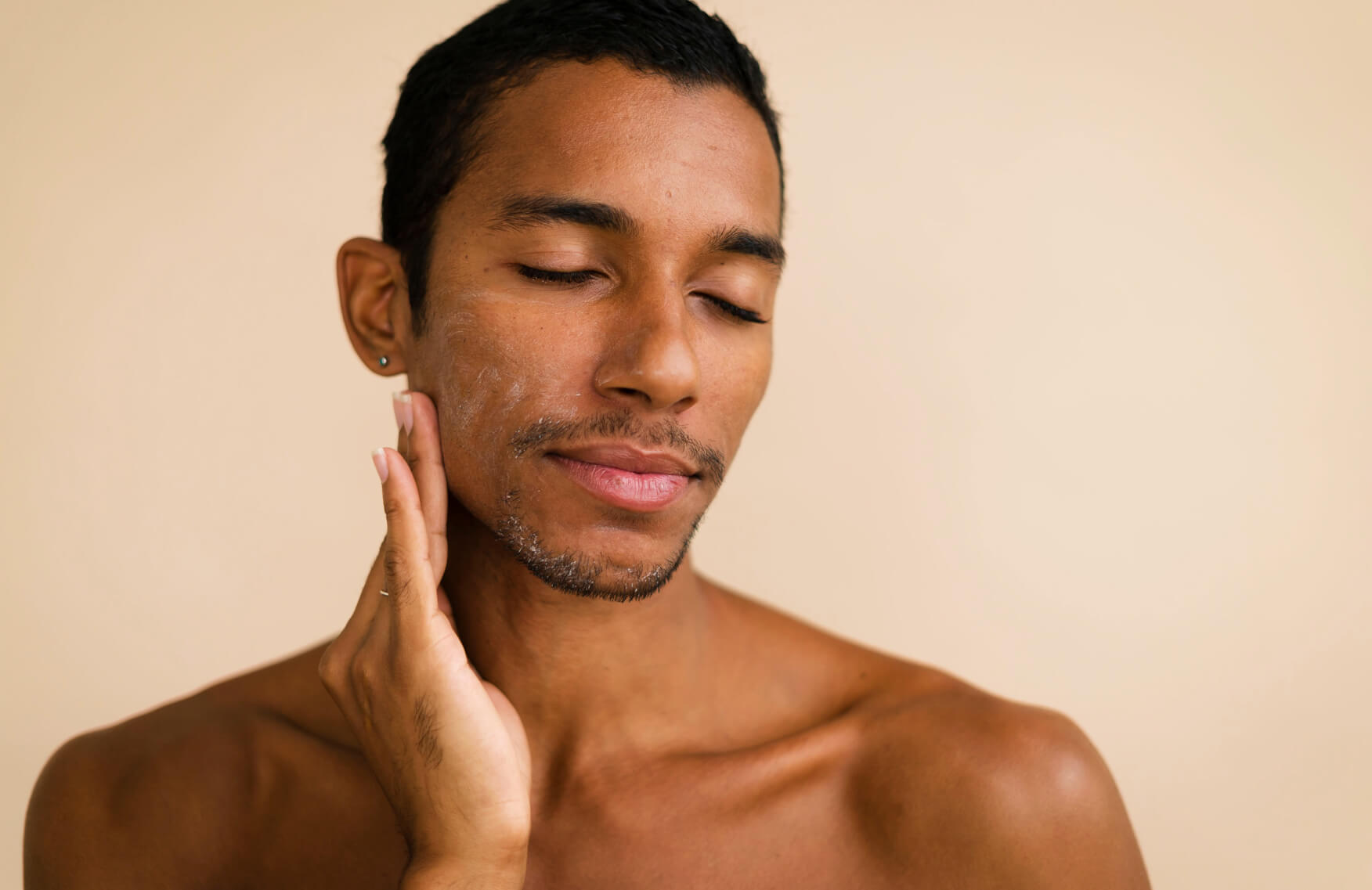
The benefits of retinoids: the impact on skincare
Lauded by consumers and dermatologists alike, retinoids are consistently praised for delivering high-impact results. A more luminous complexion, a smoother texture and a bit more bounce are just a few of the potential benefits of retinoids. But what about retinoids for the delicate eye area? Or the dreaded “retinol purge” when pimples pop up and itch and tightness take over? Is the cost worth the benefits of retinoids? Keep reading to decide for yourself.
Understanding retinoids
Retinoids acts as a sweeping term for a range of products derived from vitamin A—yes, the same nutrient that plays an essential role in immune health and vision.
Unlike retinol, which might help stave off the signs of aging, retinoids such as tretinoin generally require a prescription—if ever there’s a way to judge the difference between retinoid and retinol in terms of product potency.
Tretinoin was the first retinoic acid to receive approval as a prescription treatment for acne back in 1971. Once available to the public, a curious thing happened: Consumers began noticing that their skin appeared more youthful and vibrant.
This spawned not only the term “photoaging,” but it also ushered in the advent of an array of different types of retinoids, including:
- Retinol
- Retinal
- Adapalene
- Tazarotene
- Trifarotene
- Alitretinoin
- Bexarotene
The science of retinoids in skincare
With the brief history of retinoids behind us, the question remains: What do retinoids do?
Once retinol is absorbed by the skin, it goes through two processes of conversion—first to retinaldehyde (RAL), and second to retinoic acid (RA). Retinoic acid has a great deal of sway on skin health in that it may:
- Organically spur collagen production
- Decrease moisture loss
- Enhance elasticity
This may translate to a complexion that’s stronger, firmer and more vibrant.
Benefits of retinoids
So, what are retinoids good for, exactly?
Skin renewal and regeneration
Every 28 to 40 days, your skin naturally sloughs off dead cells in a process known as desquamation. The faster your skin cell turnover, the sooner the fresh, unblemished skin underneath reveals itself. That skin tends to be brighter, healthier, and, well, newer. This process slows as we age (think of a baby’s naturally flawless, bouncy skin. That’s because it regenerates at a significantly quicker rate than adults).
Research indicates that using retinoids in your skincare routine may accelerate the speed at which you shed dead skin cells to give you that post-facial glow.
Reduction of fine lines and wrinkles
As you age, the underlying foundation of your skin may become disorderly, and grooves in the skin might emerge. Meanwhile, repeated facial expressions, like squinting and sipping through a straw, can contribute to the onset of fine lines and wrinkles.
Numerous studies suggest that retinoids have the potential to soften the appearance of both lines and wrinkles by casting off expired cells and fostering collagen production. In turn, you may find yourself with smoother, more stretchy and more plump skin
Improved skin texture and tone
Topping the list of desirable skin isn’t just skin that’s free from fine lines and wrinkles, but also a complexion that’s satiny to the touch and appears illuminated from within.
Skin conditions like eczema, excessive sun exposure, clogged pores, dryness and weather may leave your skin flaky, bumpy, reddened or sallow. Here, the role of retinoids, especially retinAL and retinOL, becomes crucial. While retinAL is known for its corrective properties in addressing more severe skin texture and tone issues, retinOL is used for its preventative benefits, helping to maintain a smoother, more even complexion over time.
Acne prevention and treatment
Research demonstrates that Retin-A (tretinoin) is an effective measure for fighting off acne in part because of its ability to bar inflammation—one of the chief causes of those red bumps inevitably correlated with adolescence.
Additionally, retinoids may moderate sebum (or oil) production and decongest pores, where dirt and bacteria are notoriously known to hang out and provoke breakouts.
Given retinoids’ power to fortify collagen levels, they may also iron out acne scars while also easing the puffiness and irritation that typically arrive with pimples (and in their aftermath).
Even out skin pigmentation
Concerned about hyperpigmentation? Retinoids curb the production of tyrosinase—the enzyme in charge of generating melanin. Retinoids can amplify your efforts through their ability to lighten dark patches and expedite skin cell turnover.
But it’s only as effective as a handful of lifestyle changes, such as routinely wearing sunscreen and filling your plate with foods rich in vitamin B12.
Crow’s feet and droopy, sagging eyes
One of several misconceptions surrounding retinoids is that they shouldn’t be applied on the fragile area around the eyes. Some experts hope to debunk this. Yes, the skin around your eyes is thinner and might be more prone to redness and irritation. However, these areas need to be specially nourished precisely because they’re so thin and delicate.
Retinoids’ capability to encourage collagen production may thicken and smooth these regions and tone down the appearance of crow’s feet and other fine lines in the process.
Applying retinoids on your eyelids, though? It depends on the product. Some formulas are gentle enough to be used in this sensitive spot—and help tighten and lift this ultra-important area.
Starting your retinoid journey: what you should know
Pregnant women—as well as those who may become pregnant—should avoid retinoids like tretinoin. If your derm gives you the green light to incorporate retinoids into your routine, it’s crucial to do so with caution:
- Choose wisely: Prior to starting any new skincare product, review your ultimate aims. If you’re keen on warding off the signs of aging, you may be better off using a retinol. If you’re actively trying to counter the signs of advanced aging, a retinal formula might offer you the intensity and effectiveness you crave
- Practice baby steps: The benefits of retinoids might compel you to fill your whole palm with the treatment before slathering it on your face, but it’s widely advised to conduct a patch test. If your skin seems to tolerant, start off with a small amount and go slowly: Apply a pea-sized amount once or twice a week before building up to every day
- Be diligent through the “retinol purge”: You might be tempted to drop retinoids if a) you show signs of redness, peeling, breakouts and dryness, particularly in the first few days of adding it to your skincare regimen. Don’t give up. Retinol is increasing skin cell turnover, which can purge pores of oil, bacteria and debris that makes skin worse before it gets better. Retinol purging is simply your skin accustoming itself to this regenerative ingredient
- Stay patient: That radiant retinol glow won’t turn on overnight. Even the most potent and proven retinoids can take 4 weeks to reveal the full effect of its skincare benefits
The views expressed in this article do not necessarily represent the views of Murad, and are for informational purposes only, even if the advice of physicians and medical practitioners are included. This article is not a substitute for professional medical advice, diagnosis or treatment, and should not be considered specific medical advice.
References for this information:
Mayo Clinic Website, Vitamin A
Journal of Cutaneous Medicine and Surgery, 2022, volume 26, issue 1, pages 71-78
American Journal of Clinical Dermatology, 2021, volume 22, issue 3, pages 315-327
Harvard Health Website, Retinoids
Pennsylvania Center for the Book Website, Retin-A
The Journal of Clinical and Aesthetic Dermatology, 2023, Volume 16, issue 1
Oregon State University Website, Vitamin A and Skin Health
Advances in Dermatology and Allergology, 2019, volume 36, issue 4, pages 392-397
Cleveland Clinic Website, Peeling Skin
Dermatologic Surgery, 2021, volume 47, issue 7, pages 974-981
Mayo Clinic Website, Keratosis pilaris
StatPearls, Tretinoin
Practical Dermatology Website, Inflammation and Acne Vulgaris
Cleveland Clinic Website, Retinol
Cleveland Clinic Website, Sebaceous glands
Journal of Clinical Medicine, 2022, volume 11, issue 10
Hindawi, volume 2018, article 3067126
Mother to Baby, Fact Sheets
